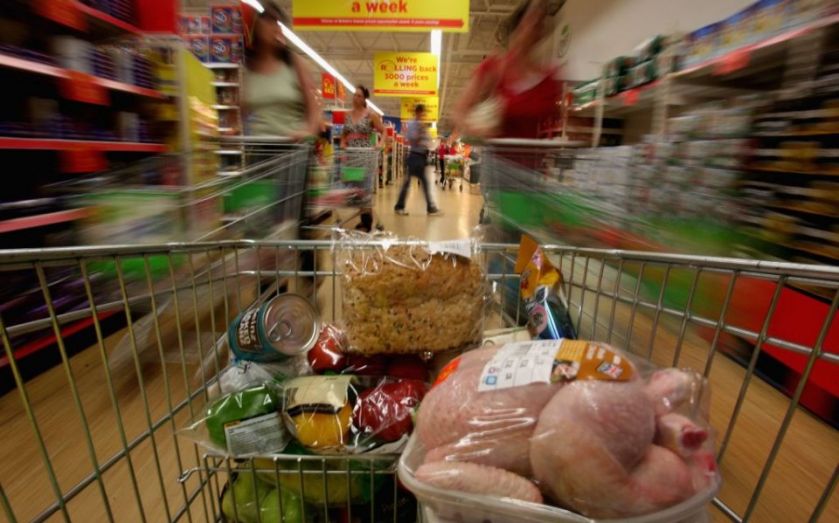Record low inflation should not rule out a post-election rate rise

The long-term view of UK inflation is much more positive than January’s figures suggest. Yesterday’s numbers showed that the UK inflation rate has fallen further – to 0.3 per cent. But the decline is showing signs of bottoming out – and temporary fluctuations should not distract us from this.
Excluding food, drink, tobacco and energy, the annual inflation rate rose for the second month in a row – to 1.4 per cent. Services price inflation, which makes up nearly half of the consumer prices index (CPI) basket and has remained stubbornly above the 2 per cent inflation target since the late 1990s, also picked up slightly. What is more, the oil price is also recovering, having dipped below $50 a barrel. Brent crude is now back above $60 and petrol pump prices have started to creep up again in some areas.
As Mark Carney made clear last week, the UK economy is not in deflation – and it is not at any serious risk of experiencing it. Sustained deflation – when wages, asset prices and spending are all falling in money terms – should be distinguished from temporary fluctuations in the inflation rate. Once the fall in the oil price starts to drop out of the inflation calculation later this year, inflation should move quite quickly back to the 2 per cent target.
In fact, if we look back at past falls in the oil price, it is inflation – rather than deflation – which now appears to be the greater danger. Back in 2009, the oil price was depressed by the global financial crisis – along with many other commodity prices. But food and energy prices soon rebounded, and in 2011, we saw a major spike in UK inflation to over 5 per cent. It then took several years for inflation to fall back below the 2 per cent target.
In the mid-1980s, the oil price fell and stayed down. But that contributed to another inflationary scenario. The lower oil price was one of the factors – alongside easier access to borrowing, tax cuts and rising confidence – which fuelled the inflationary “Lawson boom” of 1986-1989. Inflation hit a low point of 2.4 per cent in the summer of 1986, but it bounced back quite quickly and eventually hit a peak of over 10 per cent in 1990.
The Monetary Policy Committee (MPC) is therefore quite right not be too heavily influenced by recent short-term changes in inflation. It is the more fundamental conditions in the UK economy which will impact inflation over the longer term. And the longer-term picture is optimistic. Forecasters, including the Bank of England and the Confederation of British Industry, are uprating their projections for growth. Unemployment continues to fall and the number of job vacancies has just passed the pre-crisis peak. Wage increases are also picking up, as employers experience skill shortages and see improving business conditions.
It now seems unlikely that the MPC will raise interest rates before the General Election. But if current positive trends in the UK economy continue, a rise soon after would be justified – despite the current low rate of inflation.